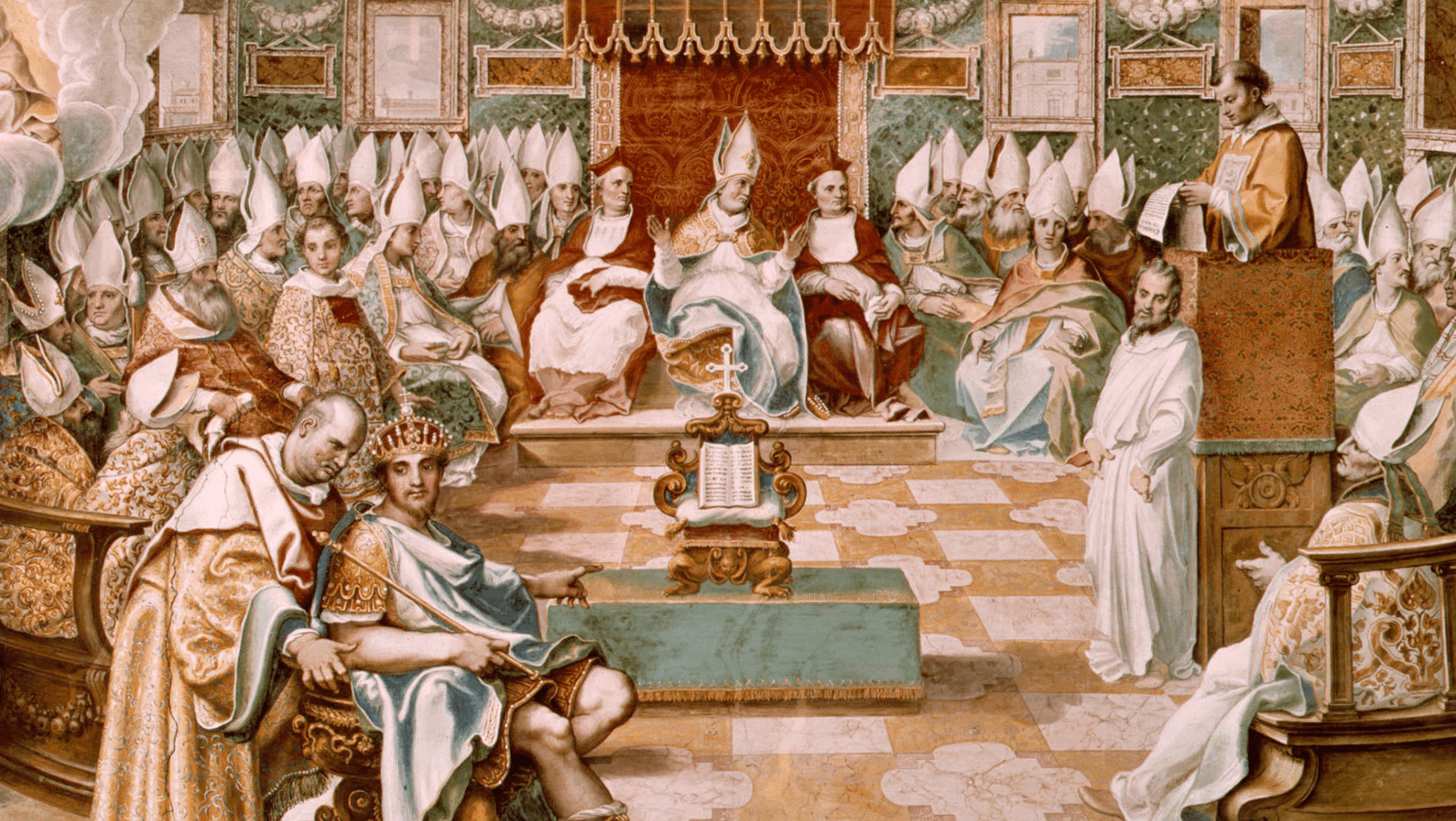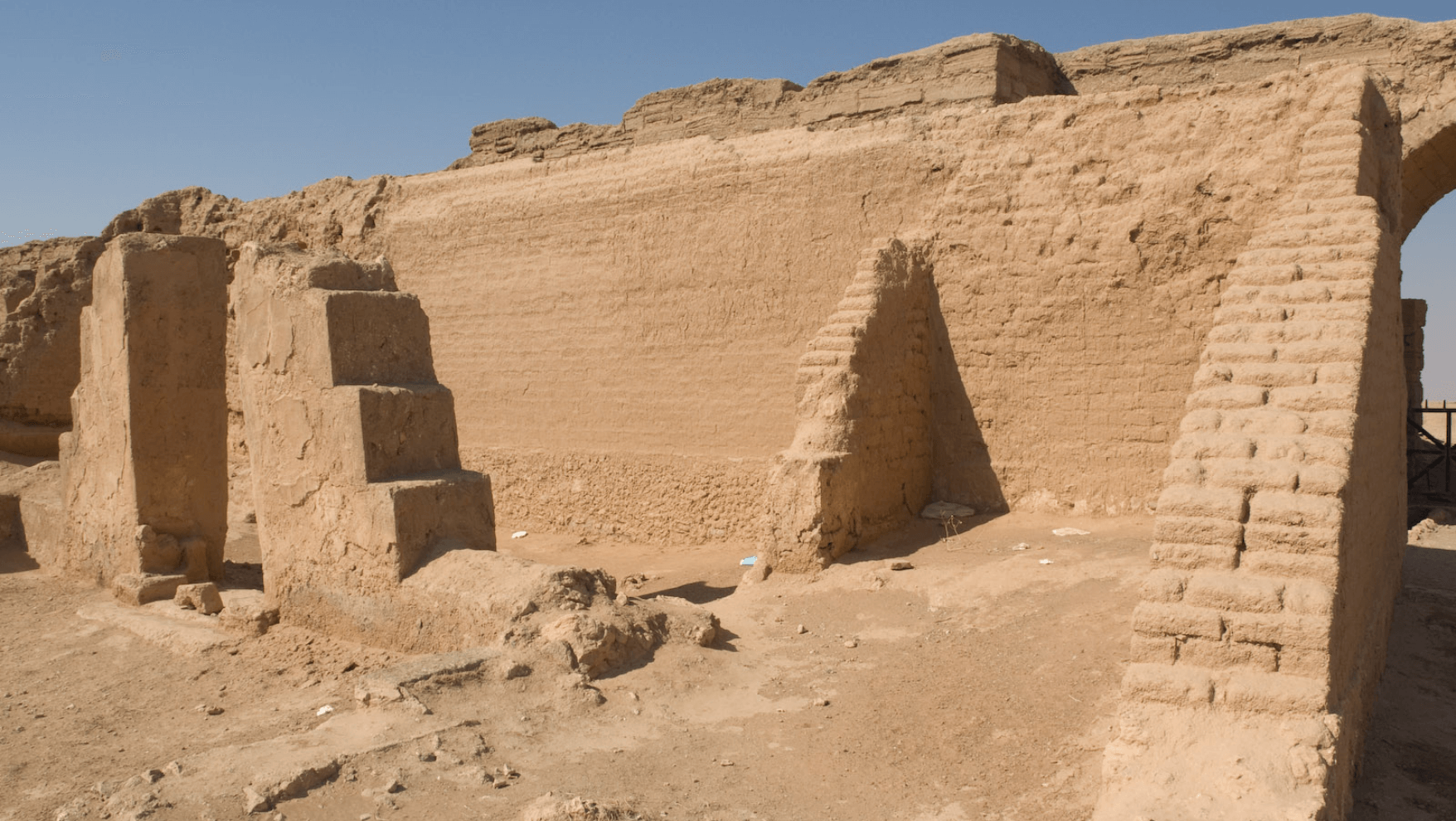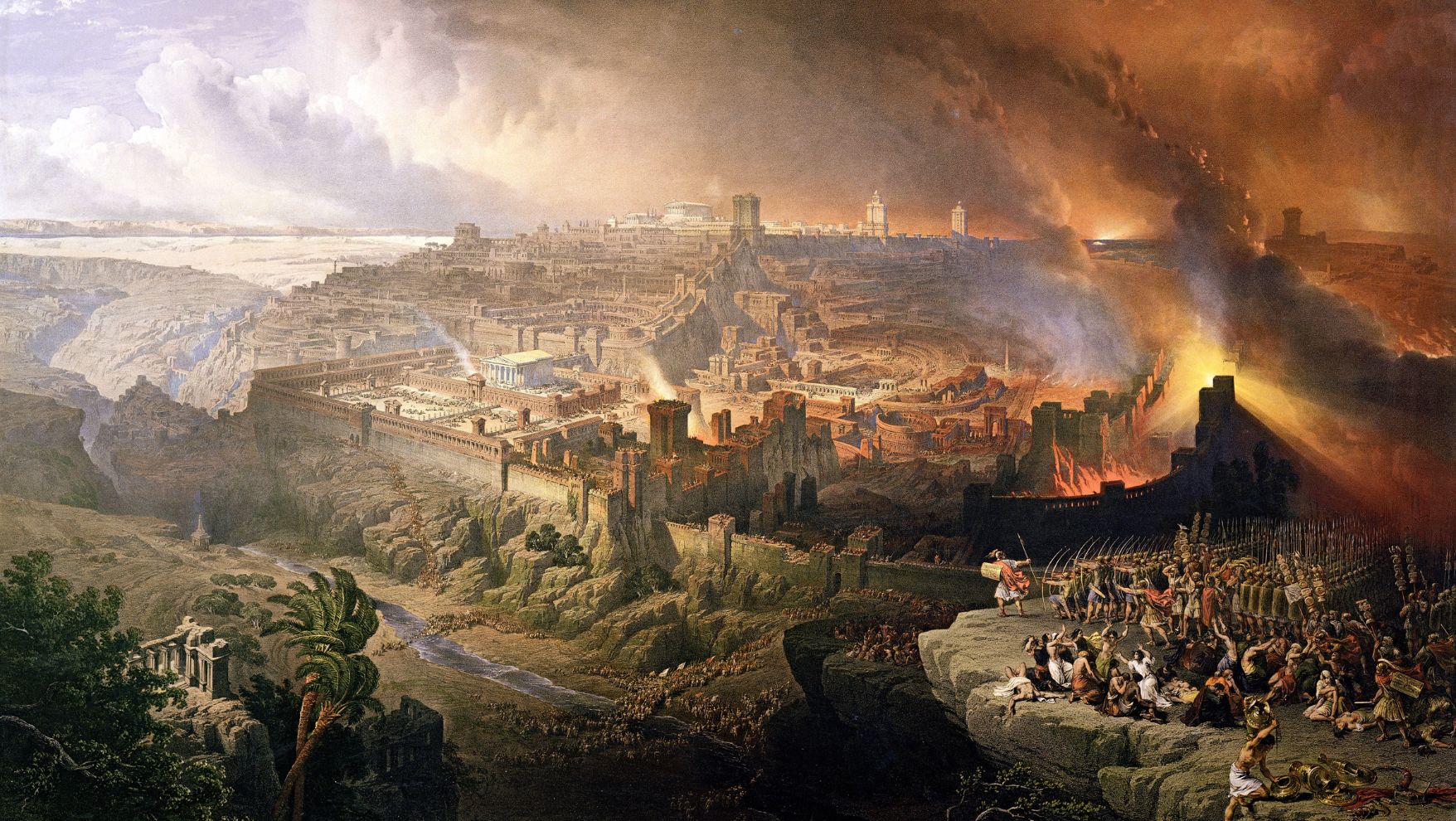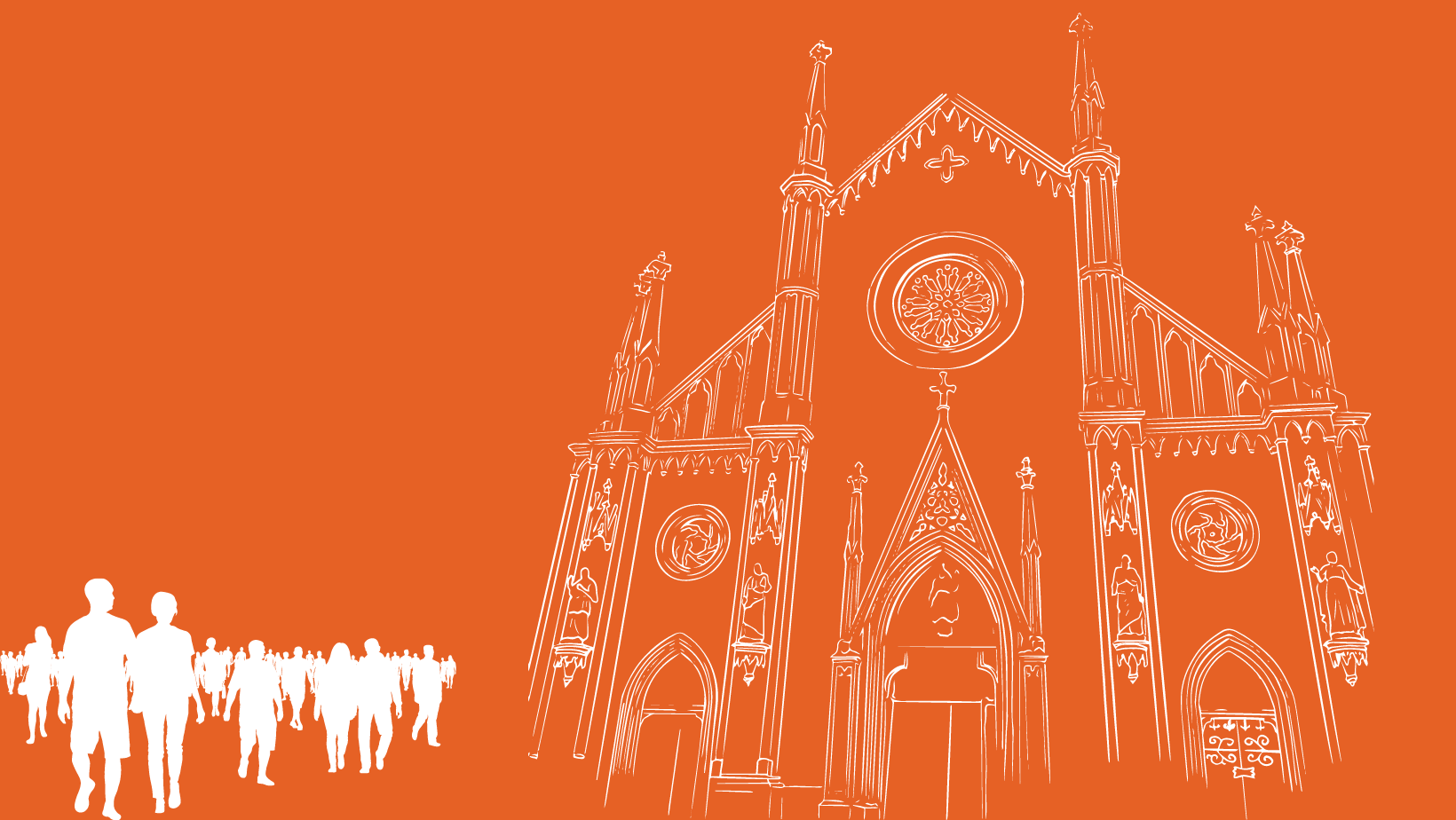
Photo by Ben White for Unsplash
Gutenberg’s metal-movable-type printing press is one of the most important inventions in the history of mankind.
For the first time, knowledge could be disseminated rapidly. The printing press increased accessibility to the Bible which led to alternative interpretations and questions surrounding the institutional hierarchy of the church.
Joel Harrington, the author of the book, “A Cloud of Witnesses,” said the production of the first printed book opened the door to the publishing industry and the expansion of Christianity.
“The whole purpose of the printing press was to spread information,” Harrington said.
Gutenberg's decision to print the Bible fueled the spread of Christianity and gave wings to the ideas that informed the Reformation in the 16th century, followed by the scientific revolution that took place during the 16th and 17th centuries.
These movements, sparked by the creation of the printing press, challenged humanity’s perspective on authority and the capacity of each human being. Gutenberg’s invention meant that, for the first time, the Holy Scriptures would be available to all.
Bible reproduction and literacy growth

Photo by Wim van't Eidne for Unsplash
“The printing press led the publishing industry toward a new era,” Harrington said. “The Bible is the first-ever book typewritten; as printing technology spread in Europe, many other books were published — expanding world literacy.”
Book reproduction suddenly cost much less in time and money. The mass production of the Bible led to a more personal faith, separate from the institution. Half a century later, after reading the Bible, Martin Luther questioned the teachings of the Christian scripture and posted his 95 theses on Castle Church’s door in Wittenberg, Germany.
“From 1450 to 1500, probably 20 million books were printed,” Harrington said. “That's more than in the last 2000 years.”
Gutenberg’s innovation was the leading edge of printing technology. While the demand for books increased, the European printers found a new opportunity.
“The printing press technology’s effects are like the internet's leverage on the modern world,” Harrington said. The printing press facilitated the development of the world's literacy while unfolding a significant chapter in the church's history.
Harrington believes Gutenberg’s choice to print the Bible before any other book was business-minded.
“The Bible was the most important book in the Middle Ages,” Harrington said. “During this period in Europe, almost everybody was Catholic.”
The Middle Ages is the middle period of the three traditional divisions of Western history: antiquity, medieval and modern. At this time, “The Bible was a well-known book in Europe. Sometimes they called it ‘the’ book because it was so prominent,” Harrington said.
Prior to the printing press, people had to go to church, synagogues and other private places to have access to the Bible.
“Gutenberg primarily used vellum for printing,” Harrington said. This material came from animal skins and was expensive. After searching for a more efficient material to improve the printing process, Gutenberg replaced vellum with paper.
In Mainz, Germany, Gutenberg completed the first printed Bible in 1455, according to Winship G. Parker’s book, “Gutenberg to Plantin: An outline of the early history of printing.” Gutenberg published the Bible that Saint Jerome had previously translated from Greek to Latin.
Winship also provides a significant description of the printed Bible in his book.
“This Bible consists of 1,282 pages, measures 16.5 inches in height and 12 inches in width, and is bound in two volumes,” Winship wrote.

Photo by Wim van't Einde for Unsplash
Because of the printing press, European people had more access to books, especially the Bible, Harrington said.
“The considerable innovation was when they translated the Latin Bible into vernacular languages so that more people could understand it,” Harrington said. “However, the most significant step was to make the Bible available. Gutenberg did it. He opened up the door. More people have access to the Bible.”
However, the Bible was still not accessible in all languages, Harrington said.
“English speakers waited until the next 50-60 years to listen to the Bible reading in their language,” Harrington said.
The first Bible translated into early modern English was actually the Tyndale Bible, which heavily influenced the King James Version, Harrington said.
“During 1455, as the available Bibles increased in number, more people were interested in reading,” Harrington said.
Yet another barrier arose between the people and the Bible. Most of the population in Europe was illiterate during that period, Harrington said
Oral transmission was an essential form to spread information at that time, Harrington said. Consequently, this form of communication became the standard strategy to teach the Bible.
“Reading aloud and preaching were the best ways to spread the words of the Bible,” Harrington said.
Church history is an inexhaustible source of humanity’s thirst for truth. Gutenberg’s invention brought the Word of God into peoples’ homes, increased literacy and allowed people to question much of what had been taken for granted in their faiths.
Bob Simon is a freelance magazine and newspaper journalist residing in Tampa, Florida. He is earning his MA in journalism from Regent University. Bob is also a multimedia content producer and social media specialist. His enthusiasm for journalism sparked in 2015 as a general assignment reporter. Now, he is dedicated to reporting newsworthy stories about places, people and issues. For him, journalism is about people and their thirst for peace, equity and human beings. Learn more about Bob on his website, Facebook or X.












